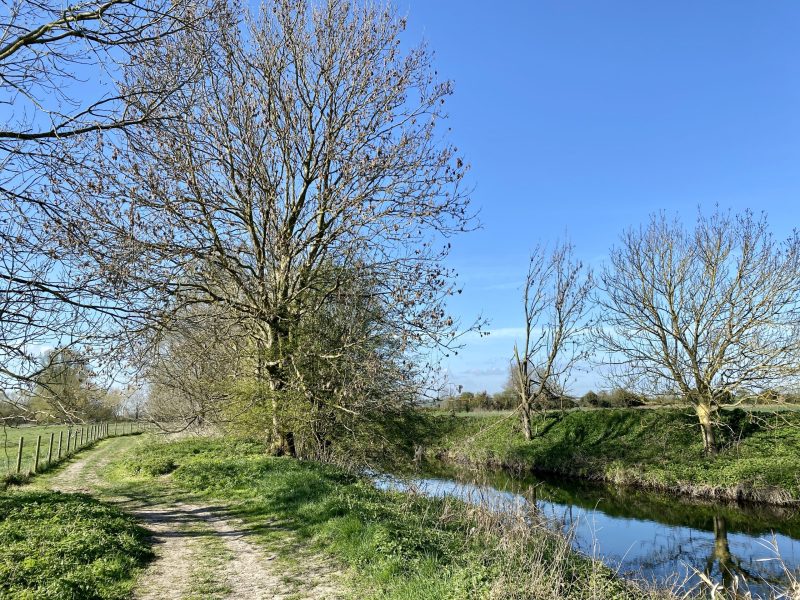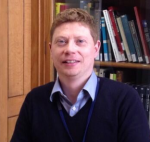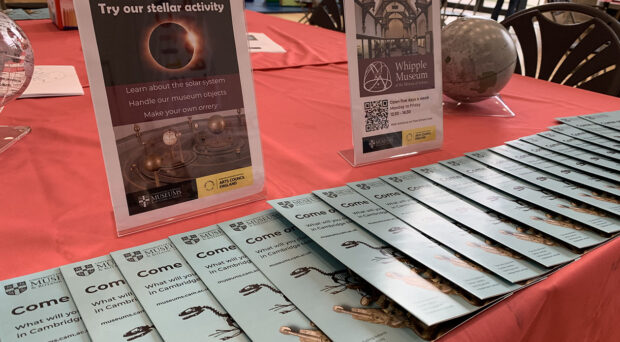As a part of his recovery from a long-term illness, curator Jody Joy explores the history of his local park at Trumpington Meadows.
In December 2020 I contracted Covid and I have never really recovered. I am still suffering from the aftereffects now, nearly two years later. So-called Long Covid impacts every aspect of my life. I have trouble remembering things. I also get mentally and physically fatigued very easily and I must be very careful not to overdo things, otherwise I risk leaving myself bedbound for days on end. Social engagements are very difficult because conversations can be exhausting and Long Covid is very isolating. All of this means that I have had to learn to pace myself, ration my energy and radically alter my life. Taking short walks and slow bike rides near my home in Trumpington has helped with my recovery and well-being. This Blog takes the form of a journey through my local park, with stops on the way to look at its unique heritage.
Just an ordinary field?
Trumpington Meadows Country Park is sandwiched between a sprawling modern housing development on the southern edge of Cambridge and the M11 motorway. My journey starts with an ordinary field, now home to skylarks and the odd hare. Nothing is visible now but 80 years ago it was a prisoner of war camp. Many of the local cyclists and dog walkers who pass by it every day are completely unaware that in 1943 it was home to 750 Italian prisoners and, at the end of WWII, 1,800 Austrians were being taught English here.
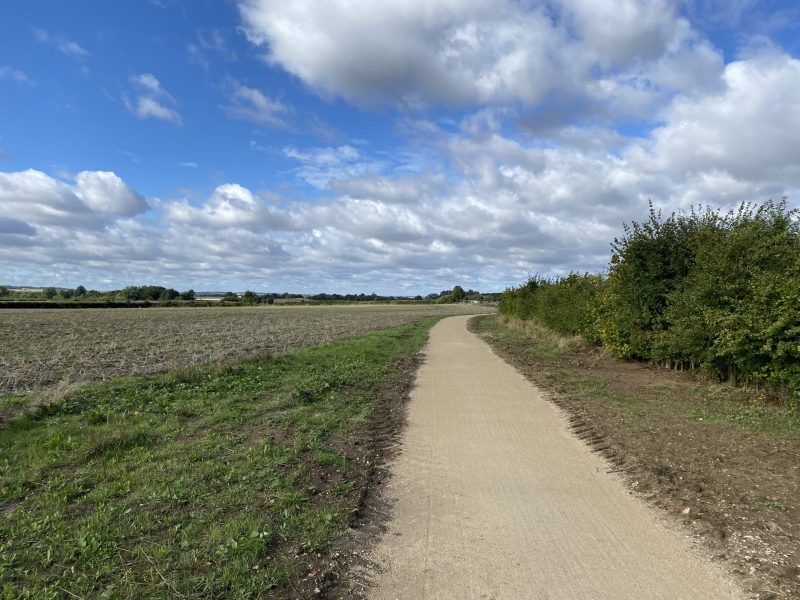
Iron Age settlements
Continuing along the path, to my right new houses continue to be built and there is a hive of activity with diggers and dumper trucks swarming across a muddy wasteland. 2,500 years ago it looked very different. During what archaeologists now call the Iron Age, hundreds if not thousands of people lived out their lives here. All that remains of these people are the pits and objects they left behind. Their lives revolved around farming and the seasons. Everything they could no longer use, including sometimes the dead, were piled onto middens, a kind of giant compost heap used to fertilise the soil.
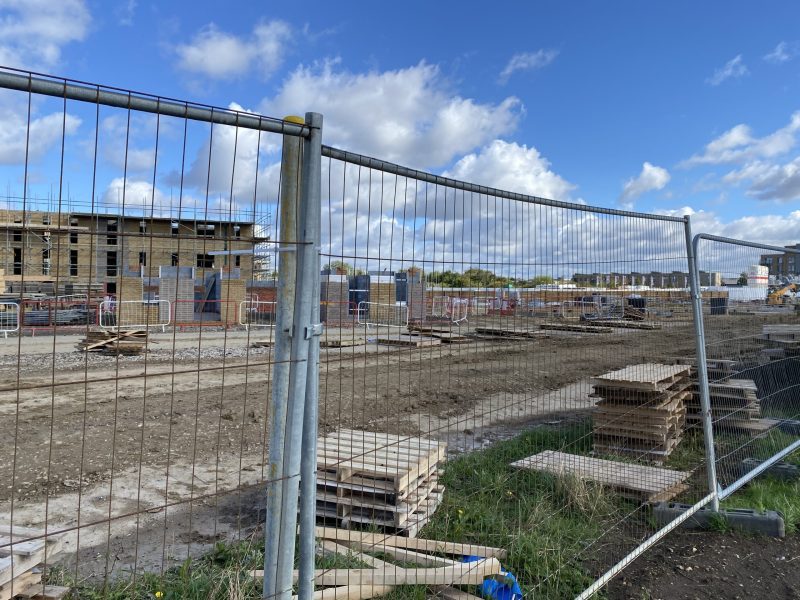
Ancient treasure
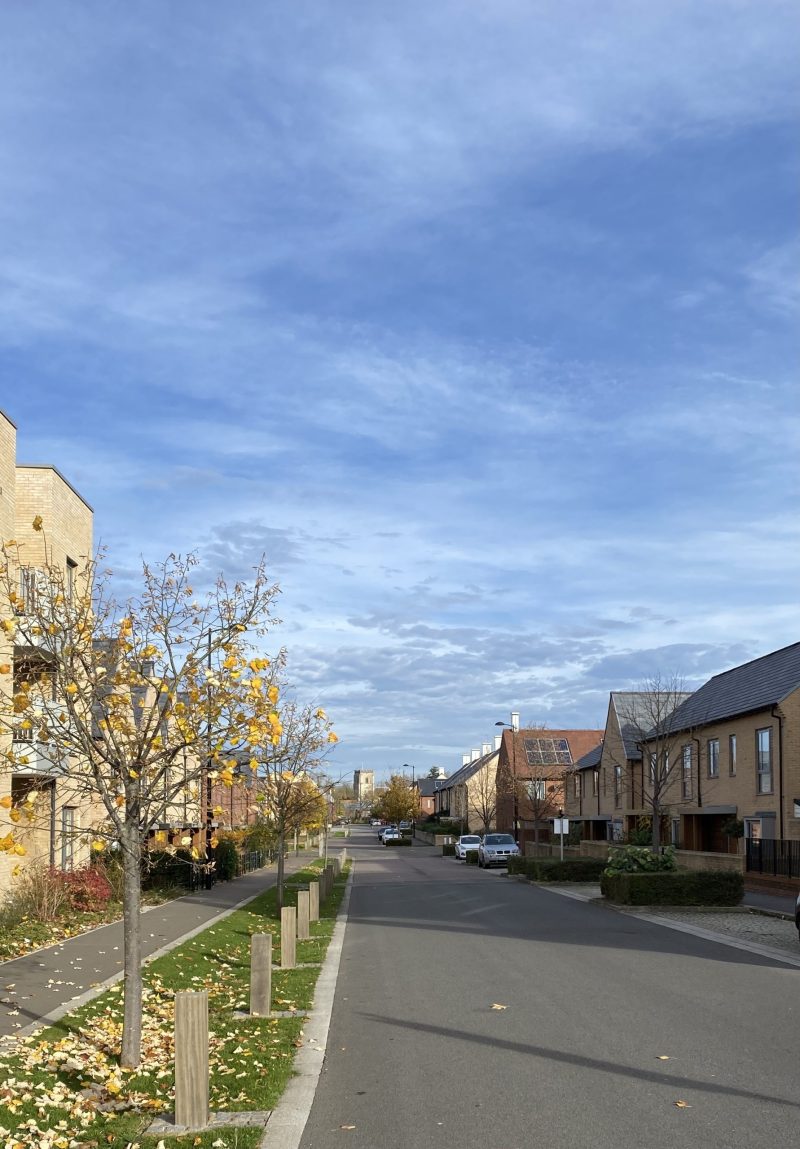
Visible on the horizon is Trumpington church and the old village beyond. Around 1,300 years ago, just to the south of the current church, a young woman was buried lying on a bed. On her chest was a beautiful cross made from gold and garnets which is one of the treasures of the Museum of Archaeology and Anthropology. As a I pass by, I often wonder who this woman was and how she came to be buried at Trumpington. Why was she buried on a bed and what was the significance of the cross to her and to the mourners at her graveside?
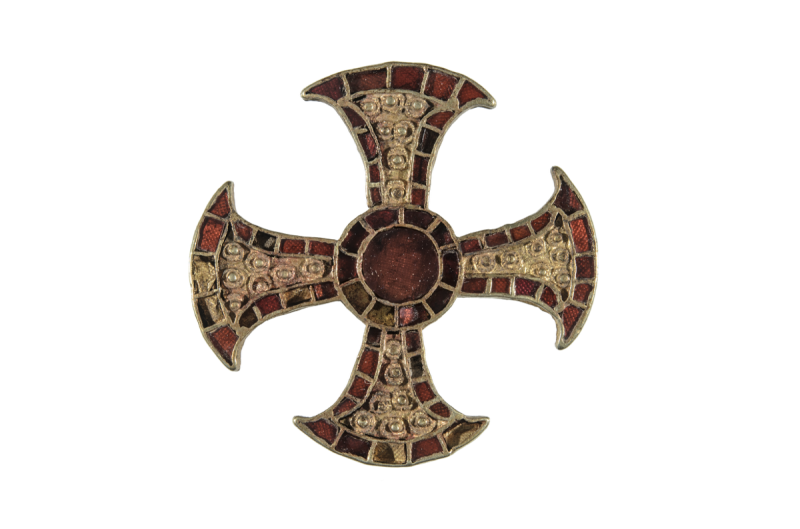
A hive of industry
The hum of the M11 is a constant reminder of the modern world, but just to the south is a tiny wetland oasis home to reed buntings and willow warblers. 100 years ago it was a very different picture, the location of so-called coprolite digging where hundreds of workers dug huge longitudinal pits on an industrial scale in search for phosphates to fertilise the soil. This place always reminds me that in Britain nature and human activity are so entwined that it is often impossible to separate the two. Without the coprolite digging there would be no water and no reed buntings or warblers.
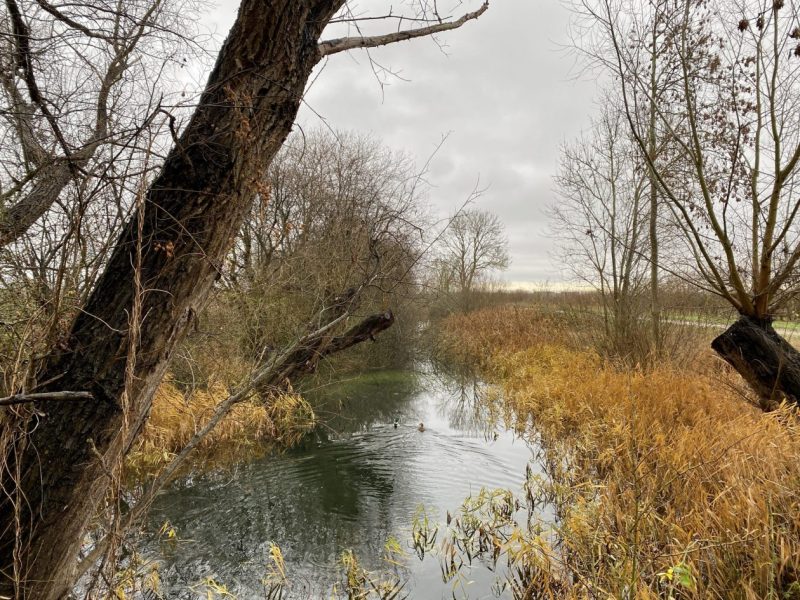
Back to nature
Close to the coprolite pits I lock up my bike and take a short walk down to the river. Here in the meadows I often see the resident barn owl and in the winter there is sometimes a flock of lapwings 100 birds strong. I often stand at the riverbank for a short while, contemplating life and hoping to see the blue flash of a kingfisher before I head home.
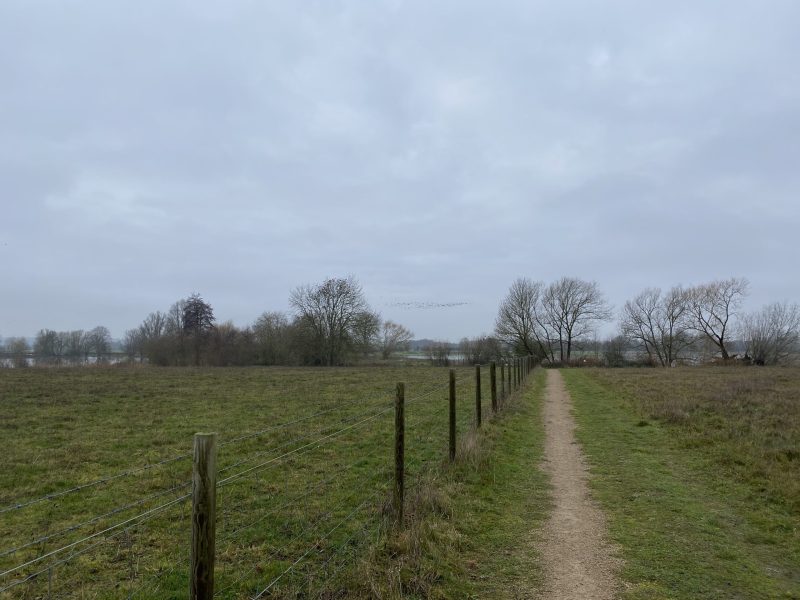
Much has been said over the years about the therapeutic effects of nature and wildlife. This is certainly my experience and I gain great joy from spotting something rare or new, a scare butterfly or a winter migrant bird. But exploring my local heritage has also been important to me. The old English word dustsceawung means something like the viewing or contemplation of dust, but what it really describes is meditation on the reality that dust used to be something else and that all things eventually return to dust. Contemplating past lives puts my own problems into perspective and my journeys through the local landscape have provided me with the mental and physical space to heal.
